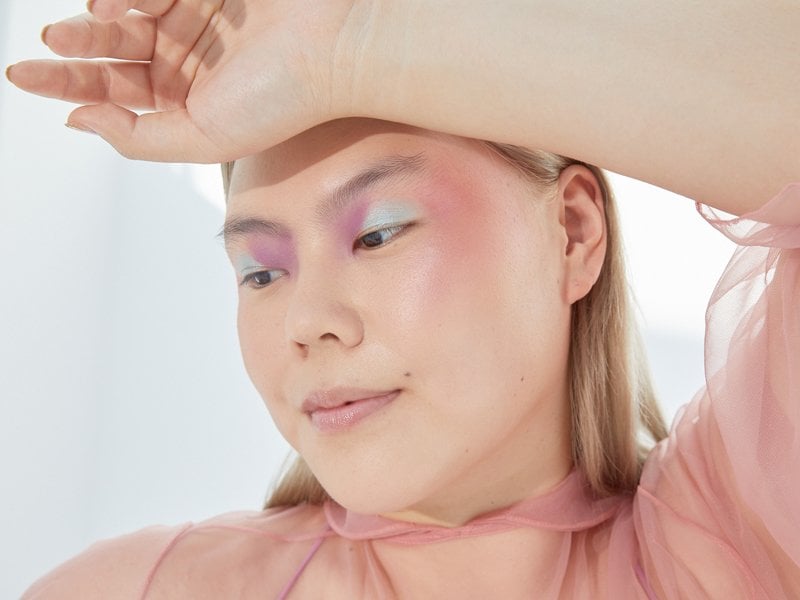

Consider your answers to the seven questions listed below, and then compare them with the results section to determine which one is the best fit for you. In spite of the fact that there isn’t really an exact formula for figuring out what your skin’s undertone is, the quiz below can give you a better idea of what to expect from your complexion. Take the quiz below to get a little closer to your goal. Keep trying if you can’t tell by looking. Take out your makeup mirror, stand in front of a window, and watch your makeup-free skin sway. False! For this reason, you’ll need to examine your face a little closer in order to determine which category you most closely relate to. The undertones of your skin don’t change, so it should be easy to determine what they are. Everyone knows where they fall on the skin tone spectrum despite the fact that their skin tone can change depending on factors like sun exposure (which is why many people have summer and winter foundation shades). In the mirror, your skin tone is the first thing you see: fair, light or medium in color or a shade somewhere in the middle. They may have the same name but they are not the same thing. Neutral, peach, or olive tones are common for medium skin tones. Neutral, pink (rosy), yellow, or peach tones characterize light skin. Silver or pink undertones are common in extremely fair skin.

You’re considered neutral if you have a combination of warm and cool tones, or if your undertone is the same color as your skin.
Light pink blush for fair skin with warm undertones how to#
Notably, your undertone is not the same as your natural tone or the color of your skin before applying foundation or other makeup.Īlso, how do you determine your skin’s undertones? Click here to learn how to locate it Peach, yellow, and golden undertones are all possible. Yellow, gold, or peach undertones can be seen on warm undertones. Neutral undertones mean that your skin is neither pink or red or blue nor yellow or gold or peach. They may also notice that their skin has a pink, red, or blue hue.

Warm or cool undertones are the only two types of undertones.

Variation in skin color (redness, hypo/hyperpigmentation, etc.). The color of one’s skin can change depending on their age or their exposure to the sun. Composition: The degree to which a color is light or dark in appearance. if an individual has an olive undertone, she will be olive-toned for life). The undertone designation remains the same (i.e. Melanin and blood under the skin give skin its color. Despite the fact that they are often used interchangeably, we believe it is important to understand their differences. Skin color is described in a variety of ways. Identifying undertones and surface tones is the first step in finding the perfect foundation shade for you.


 0 kommentar(er)
0 kommentar(er)
